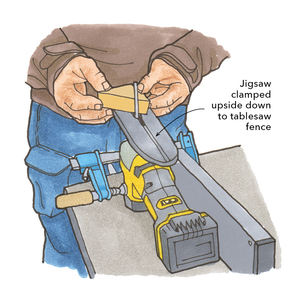
Part of the Environmental Protection Agency’s mandate is to curb pollution of the nation’s waterways. It is a big job, although until recently the agency focused mostly on reducing pollution from industrial facilities. Left untended were pollutants from so-called “nonpoint” sources – farms, parking lots, roads, and construction sites.
The problem is, nonpoint pollution problems have grown to a troubling scale and the EPA still hasn’t come up with a suitable remedy. In December 2009, the agency presented a proposal for addressing pollutant runoff from construction sites of 10 acres or more. The aim of the regulation was to create monitoring standards and establish limits on runoff “turbidity” – a measure of how much sediment or other particles are suspended in water. The National Association of Home Builders challenged the data the EPA used to set turbidity limits, and the agency, conceding a miscalculation, issued a revised set of rules in December 2010.
Ritual revisions?
Amid further objections from NAHB, the December 2010 revision was withdrawn by the EPA earlier this month, and the agency is now revising the revision.
Maybe the third time will be the charm. As noted in a recent Greenwire article published by the New York Times, NAHB is urging the agency to gather turbidity data from a large sample of construction sites that are using “passive” runoff treatments methods using membranes and liners to trap sediment, a process the association favors over more-expensive alternatives that require pumps, filtration systems, and chemical treatment.
“In its calculations, the EPA relied on questionable data, including figures obtained from the vendors that would have supplied the expensive systems home builders would have been required to use. That’s no way to come up with national policy,” NAHB chairman Bob Nielsen said in a statement.
Fine Homebuilding Recommended Products
Fine Homebuilding receives a commission for items purchased through links on this site, including Amazon Associates and other affiliate advertising programs.

8067 All-Weather Flashing Tape

Handy Heat Gun

Affordable IR Camera



























View Comments
Richard, great that you brought this to others attention. I work for a municipality and we have spent hundreds of hours over the past 3 years attending mandatory meetings, reading very academic and absurdly detailed ODOT documents, and writing up pointless policy manuals, signs, labels etc. As it turns out, and as I suspected long ago, they don't yet know what they want from city, township, county administrations which fall under MS4 regulation. We are supposed to monitor construction, demolition, excavation, residential activities, septic and sewer, stormwater discharge.... on and on. However, there is so much overlap into other juristictions and inconsistent information that the state EPA can't even advise appropriately. More to the point of your piece, after all the tail chasing and hoopla, they have seemingly backed up to re-evaluate how to proceed out of the mess we deal with today. Interestingly, if you look at the federal EPA mandates, it is reasonable and logical. When it was discharged to the state level to implement, the desk jockeys there went nuts. The goal is important to us all and we will get there eventually.